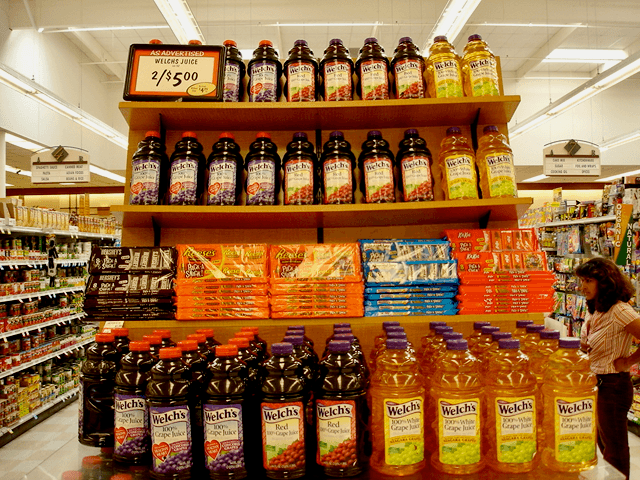Ever wonder if great displays can really affect sales?
We all do.
AMG Strategic Advisors released the results from a highly targeted display from Clorox, one of their clients. Consumer Goods Technology covered the story.
Consider this merchandising case study:
What they did holds no matter what size of business you manage, whether it is a grocery store, apparel store, or another brick-and-mortar retailer. According to the article:
"Clorox first identified a gap between consumer beliefs and behaviors about disinfecting surfaces, and calculated that it represented $400 million in potential sales. The marketer next sought to understand shopper behaviors around preventive health products.
They discovered that most shoppers prefer to buy these products together and expect to find them in or near the pharmacy."
Takeaway: Don't just make a display; see if the need exists and calculate what it might represent to your bottom line.
Decide the timing
During cold and flu season, Roundy's supermarkets in Wisconsin, the Twin Cities, and the greater Chicago area wanted to increase sales by driving foot traffic to the pharmacy area.
Takeaway: Seasonality can make a big difference.
Select your products
AMG Strategic Advisors helped them combine many preventive health products within the Clorox brand, including Clorox Disinfecting Wipes, Clorox Clean-Up Cleaner with Bleach, and Clorox Bleach. Clorox separated products and services into four categories: On Me, In Me, Around Me, and Help Me.
Takeaway: Find the main components of your display
Come up with a great sign
Clorox knew they wanted a banner of Prevent, Protect & Soothe. Clorox does not have a lot of products in the In Me category, which focuses on food, and it used other well-known consumer products to fill out that category.
With that sign and four areas, Clorox could promote additional items from different categories that complement their own; they included Campbell’s soup, Kellogg’s cereal, Burt's Bees, Brita water filters, and Dial soap.
Without the Prevent, Protect & Soothe sign, a customer could have looked at the display like some Highlights puzzle or wondered, "Why the heck is bleach with soup?" With the sign, it all makes sense.
Takeaway: Signage makes a display register with the casual observer.
Put your display in the right area
Shoppers had an easy-to-shop destination near the pharmacy area around the themes of preventing illness, protecting the health of family members, and soothing them if they did become sick.
Takeaway: A secondary role of a display is to get people to see things from around your store, not just the closest aisle.
Look for your proof
Clorox brands were up 16% during the program, led by Clorox Disinfecting Wipes, which were up 154%. Higher sales for the other brands also meant higher sales for Roundy's.
Takeaway: Great merchandising creates displays that sell more merchandise.
Don't do this
Contrast the AMG Strategic Advisors / Clorox merchandising case study based on a lot of research to one at a supermarket that offers no rhyme or reason why Lucky Charms, Langer Juice, and Reese's would be together except for a "2 for $5" sale on the juice.

SalesRX, my online retail sales training program, has a course on merchandising your store. You can find out more by clicking the button below.


